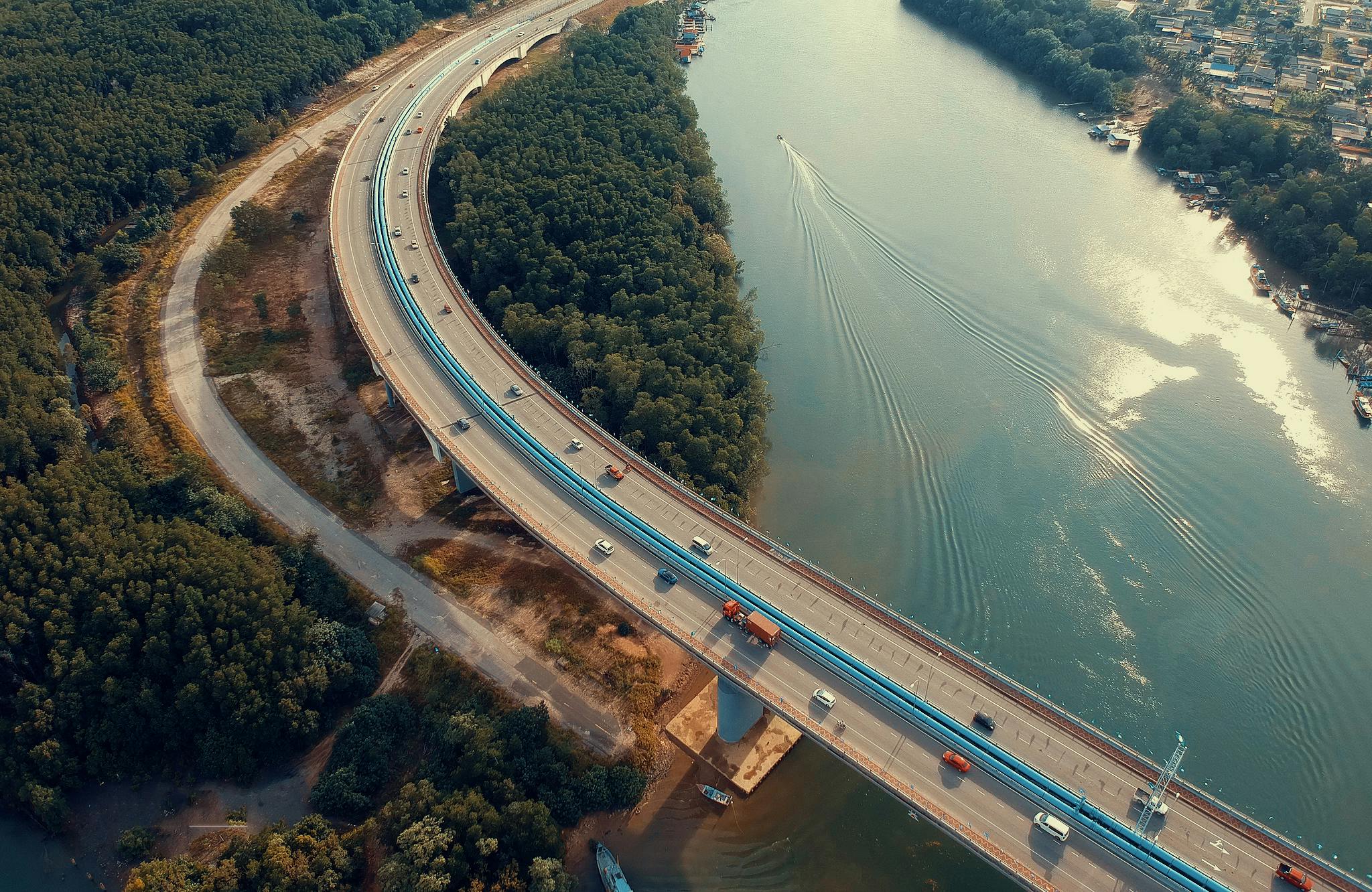Contact Us
RoadVision AI
Private Limited
Office No. 308 & 310, B Block
Ansal Chamber - 1, Bhikaji Cama Place,
Near Engineers India Limited (EIL) Bhawan, New Delhi - 110066
© 2024 | RoadVision AI | All rights reserved
Bridge foundations form the backbone of any bridge structure, ensuring its stability, longevity, and ability to withstand dynamic forces. The IRC:80-1981, part of the IRC Code series, provides detailed guidelines for the design and construction of bridge foundations. This blog delves into the key aspects of this code, highlighting its significance in modern infrastructure development.

IRC:80-1981 is a comprehensive document that specifies the criteria, methodologies, and best practices for the design and construction of bridge foundations. It addresses various geological, hydrological, and structural considerations to ensure that the foundation can support the bridge structure safely and effectively.
The primary objectives of IRC:80-1981 are:
IRC:80-1981 covers the design and construction of:
The code emphasizes the importance of thorough site investigations to determine:
The code provides methods to deal with varying soil types and their respective load-bearing capacities.
Detailed guidelines for designing foundations to withstand scour and erosion caused by water flow.
Provisions for designing bridge foundations in seismic zones to enhance stability and safety.
By adhering to the guidelines, engineers can construct foundations that provide reliable support for bridges, minimizing risks of collapse.
The code promotes uniformity in design and construction practices, improving efficiency and reducing errors.
Following the code's recommendations can help optimize material usage and construction methods, reducing overall costs.
IRC:80-1981 is applicable to a wide range of projects, including:
The IRC:80-1981 is an indispensable resource for civil engineers involved in bridge construction. Its detailed guidelines ensure that bridge foundations are designed and constructed to meet safety, durability, and environmental standards. By adhering to this IRC Code, engineers can contribute to the development of robust and sustainable infrastructure that stands the test of time.
RoadVision AI is transforming road infrastructure development and maintenance with its innovative AI in road maintenance and AI in road construction solutions. By utilizing cutting-edge computer vision technology and digital twin models, the platform conducts comprehensive road safety audits, enabling the early detection of potholes, cracks, and other surface issues for timely repairs and enhanced road conditions. The use of AI in road safety also extends to traffic surveys, providing data-driven insights to tackle challenges like traffic congestion and optimize road usage. Focused on building smart roads, RoadVision AI ensures full compliance with IRC Codes, empowering engineers and stakeholders to reduce costs, minimize risks, and elevate road safety and transportation efficiency.